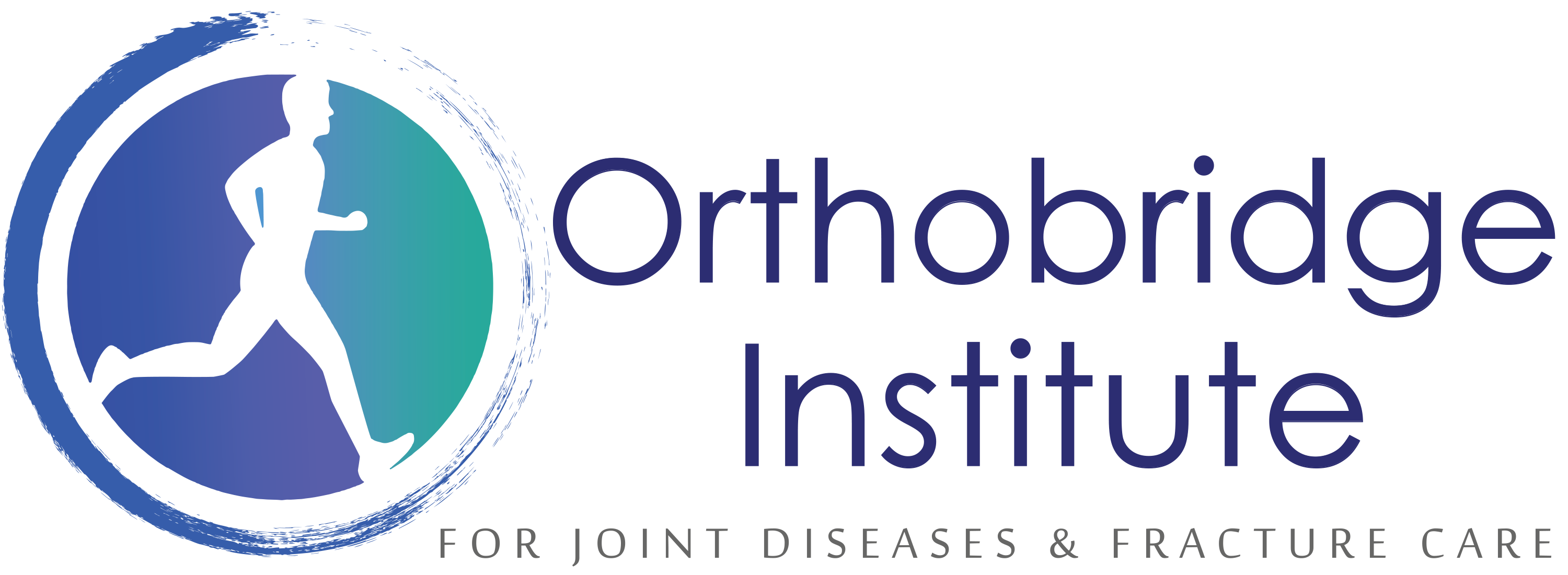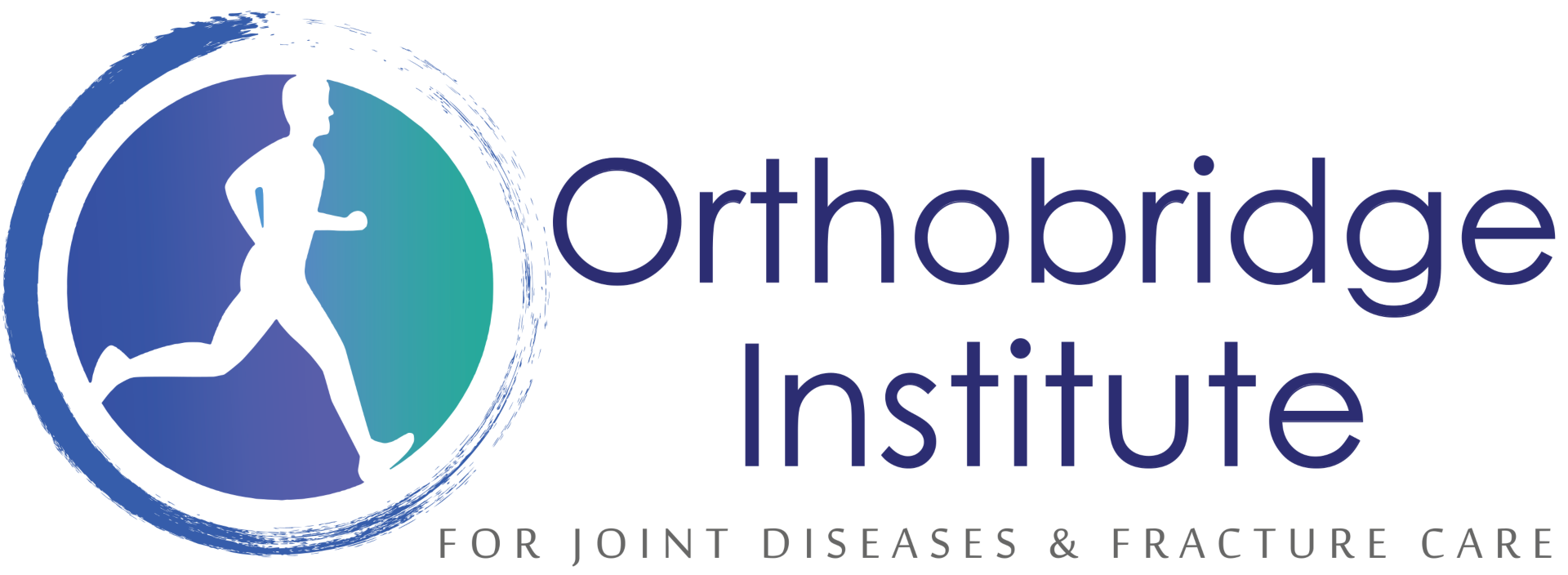Baker's cyst
Learn more about some common hip fracture here we treat at Orthobridge Orthopedic Centre.
Baker’s cyst Treatment in Nairobi
Baker’s cysts are fluid-filled lumps or sacs that form behind your knee. This condition can be caused by a knee injury or a condition like arthritis. If you have a Baker’s cyst, you may not experience any symptoms, have mild pain and discomfort, or feel severe pain. In severe cases, surgery may be an option. Your healthcare provider will usually treat a Baker’s cyst by caring for the cause.
What is a Baker’s cyst?
A Baker’s cyst, also known as a popliteal cyst or synovial cyst, is a soft, fluid-filled lump that forms on the back of your knee. Like many diseases and disorders, this cyst is named after the doctor who first described it. When structures in or around the joint are damaged, your knee produces extra fluid that can only flow one way so it forms a cyst on the back of your knee.

Symptoms
In some cases, a Baker’s cyst causes no pain, and you may not notice it. If you do have signs and symptoms, they might include:
- Swelling behind your knee, and sometimes in your leg
- Knee pain
- Stiffness and inability to fully flex the knee
Your symptoms may be worse after you’ve been active or if you’ve been standing for a long time.
Causes
A lubricating fluid called synovial (sih-NO-vee-ul) fluid helps your leg swing smoothly and reduces friction between the moving parts of your knee.
But sometimes the knee produces too much synovial fluid, resulting in buildup of fluid in an area on the back of your knee (popliteal bursa), causing a Baker’s cyst. This can happen because of:
- Inflammation of the knee joint, such as occurs with various types of arthritis
- A knee injury, such as a cartilage tear
- Inflammation.
- Gout.
Complications
Rarely, a Baker’s cyst bursts and synovial fluid leaks into the calf region, causing:
- Sharp pain in your knee
- Swelling in the calf
- Sometimes, redness of your calf or a feeling of water running down your calf
These signs and symptoms closely resemble those of a blood clot in a vein in your leg. If you have swelling and redness of your calf, you’ll need prompt medical evaluation to rule out a more serious cause of your symptoms.
How is a Baker’s cyst diagnosed?
You need a professional medical exam to diagnose a Baker’s cyst. During your appointment, your healthcare provider may do several tests to both confirm the Baker’s cyst and figure out what might be causing it, including:
- Taking a medical history: Your healthcare provider will ask you about any previous injuries you may have had to your knee and go over your entire medical history.
- X-ray: This test won’t necessarily show the Baker’s cyst itself, but it can be used to see if you have arthritis in your knee. Arthritis is one of the possible causes of a Baker’s cyst.
- Magnetic resonance imaging (MRI) scans: An MRI uses magnetic waves instead of X-rays to show detailed images inside the body. This test can give your provider even more information about what might be causing the Baker’s cyst.
- Ultrasound: A simple and painless test, an ultrasound uses sound waves to determine if the lump is solid or fluid.

Treatment
Sometimes a Baker’s cyst will disappear on its own. However, if the cyst is large and causes pain, your doctor may recommend the following treatments:

- Medication. Your doctor may inject a corticosteroid medication, such as cortisone, into your knee to reduce inflammation. This may relieve pain, but it doesn’t always prevent recurrence of the cyst.
- Fluid drainage. Your doctor may drain the fluid from the knee joint using a needle. This is called needle aspiration and is often performed under ultrasound guidance.
- Physical therapy. Icing, a compression wrap and crutches may help reduce pain and swelling. Gentle range-of-motion and strengthening exercises for the muscles around your knee also may help to reduce your symptoms and preserve knee function.
If possible, doctors treat the underlying cause of the cyst. If your doctor determines that a cartilage tear is causing the overproduction of synovial fluid, he or she may recommend surgery to remove or repair the torn cartilage.
Baker’s cysts associated with osteoarthritis usually improve with treatment of the arthritis. Surgical intervention is rarely needed.


